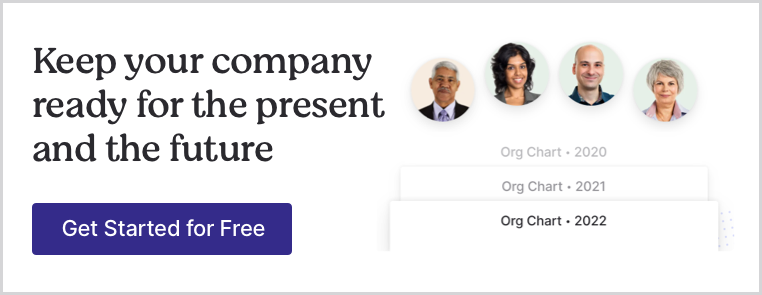Exit interviews are conducted when an employee leaves a company. They help you learn about management, company culture, and the benefits offered by other companies. A review of this info can help improve employee retention rates.
Exit interviews might seem uncomfortable or unnecessary, but when done right, they provide valuable data about your company.
Let’s look at some tips for conducting effective exit interviews and using them to your advantage. Plus, you can download our exit interview template for additional ideas and sample questions.How
How to Conduct an Exit Interview
Most importantly, make sure the employee leaving the company knows their answers will be confidential and they won’t face repercussions for participating in the interview. You won’t get good data if the employee is reticent about sharing what they think.
According to an article from the Harvard Business Review, these are the most effective “Ws” of an exit interview:
WHO: There should be some distance between the employee and the manager conducting the interview. The employee leaving the company is likely to be more comfortable being honest with an HR person or manager from a different team or someone they never worked closely (or at all) with, rather than their direct manager.
WHAT: Face-to-face interviews work best. The employee feels valued and the interviewer can ask follow-up questions as needed. You can also give your employee a written interview first and then discuss the responses face to face.
WHEN: Conduct at least one exit interview while the employee is still working at your company. Aim for the time between the employee’s notice and their last day. Some companies also have a process in place where they follow up a few months after the employee leaves.
Exit Interview Tips
Reports from SHRM show that exit interviews are crucial to understanding and improving company culture. If you want to collect useful data, you need to know how to conduct an effective exit interview.
Here are 7 tips for conducting effective exit interviews:
Make sure the employee is comfortable. Conduct the interview in a welcoming space. Make sure the employee understands that they can choose to not answer any of the questions. Reassure the employee that they won’t face repercussions for participating in an exit interview.
Focus on questions that will help you retain other employees. Don’t avoid the tough questions. This interview is designed to help you retain other employees. Ask why they are leaving and what would have gotten them to stay. Let them discuss any thoughts about the company culture and management, even negative ones.
Learn more about other companies. This is the time to learn about your competitors. Ask about PTO policies, company culture, or anything else useful about the employee’s new company. This will help you know what employees are looking for and how your company can adjust to meet their needs.
Don’t let your opinions, judgment, or office gossip come into play. Don’t offer comments about their responses, except to empathize where it makes sense, like “I see how that could be frustrating.” Let the employee discuss their opinions, but don’t engage in an opinionated conversation about their answers because this could seem like you are encouraging office gossip.
Focus on the positives. Employees often want to discuss their bad experiences with the company. But don’t forget to ask what that employee thinks the positives of your company are—that’s also helpful feedback.
Time it right. Give your employees some time to reflect after announcing their decision to leave, but don’t wait until the employee has mentally checked out. Some studies show that you will get the most accurate responses about halfway between their announcement to leave and their last day.
Make it feel open-ended. To start, use standardized questions so you can compare data across interviews. So consider offering a written standardized exit interview first. Then, conduct a face-to-face interview to allow the employee to further discuss their answers.
Last Thoughts on Conducting an Exit Interview
Before conducting an exit interview, take your personal feelings out of the process. There’s no need to make employees feel bad about leaving; people always move on.
Exit interviews are a useful way to gather information on your company. After the interview, you could pull up an org chart for reference if you need more context about the employee’s answers.
Exit Interview Template
This Exit Interview Template helps identify reasons why the employee is leaving. A number of fill in the blank questions about company culture and the employee’s likes and dislikes will help you identify what’s working and what can be improved at your company. After the employee has finished the questionnaire, make sure to review their answers in person.
Download our Exit Interview Template below to guide your conversation or give as a written questionnaire a few days before conducting the employee’s in-person interview.
